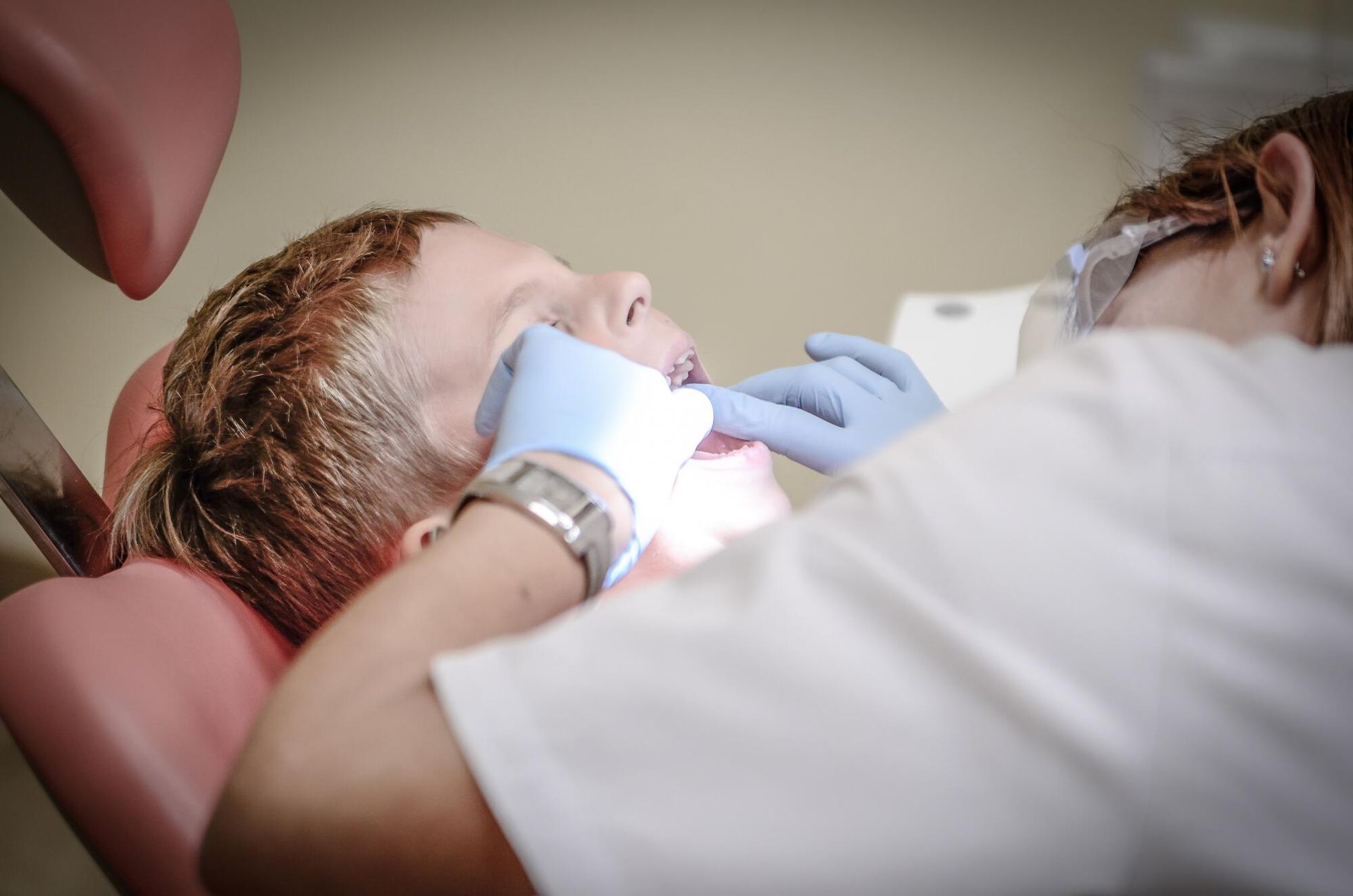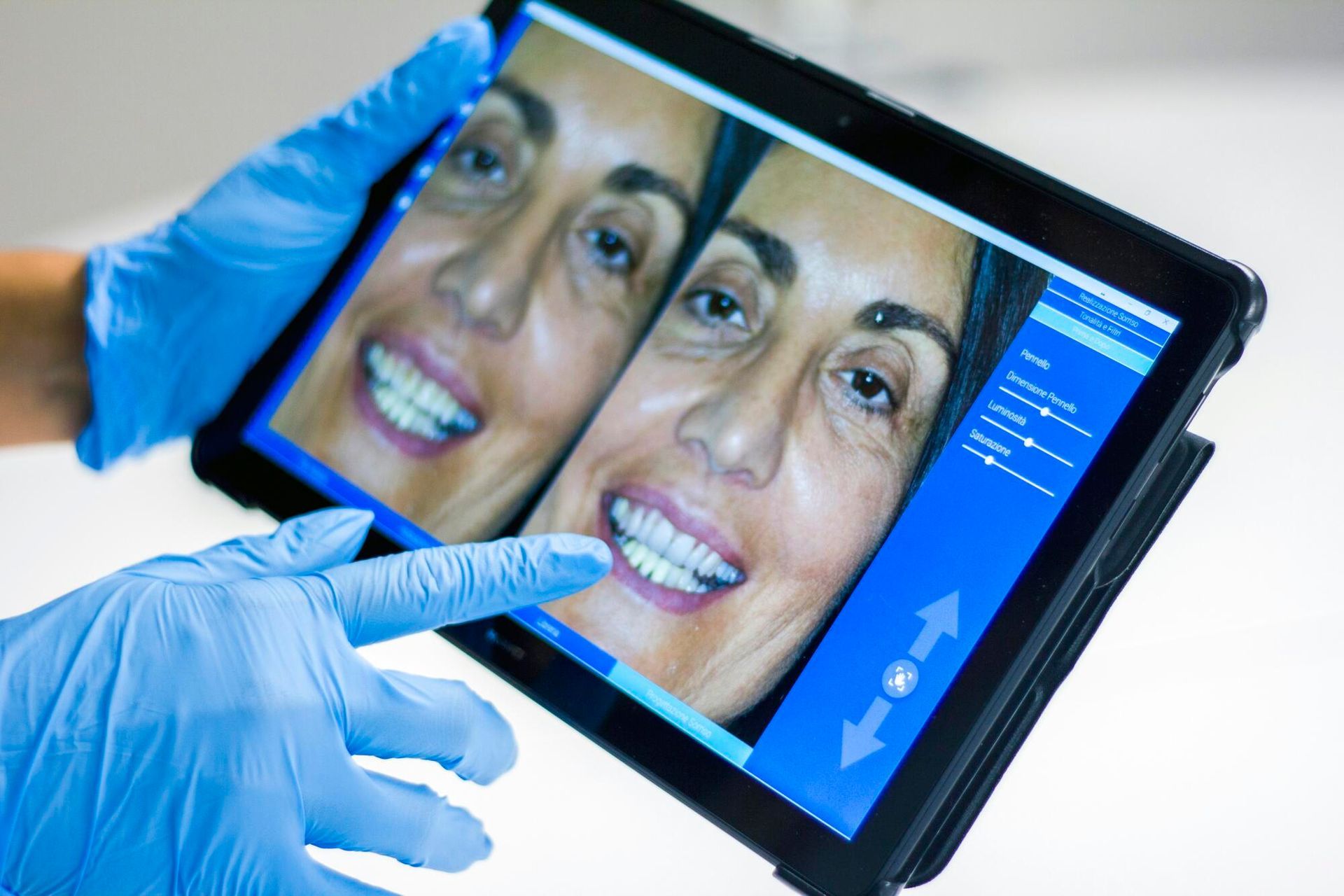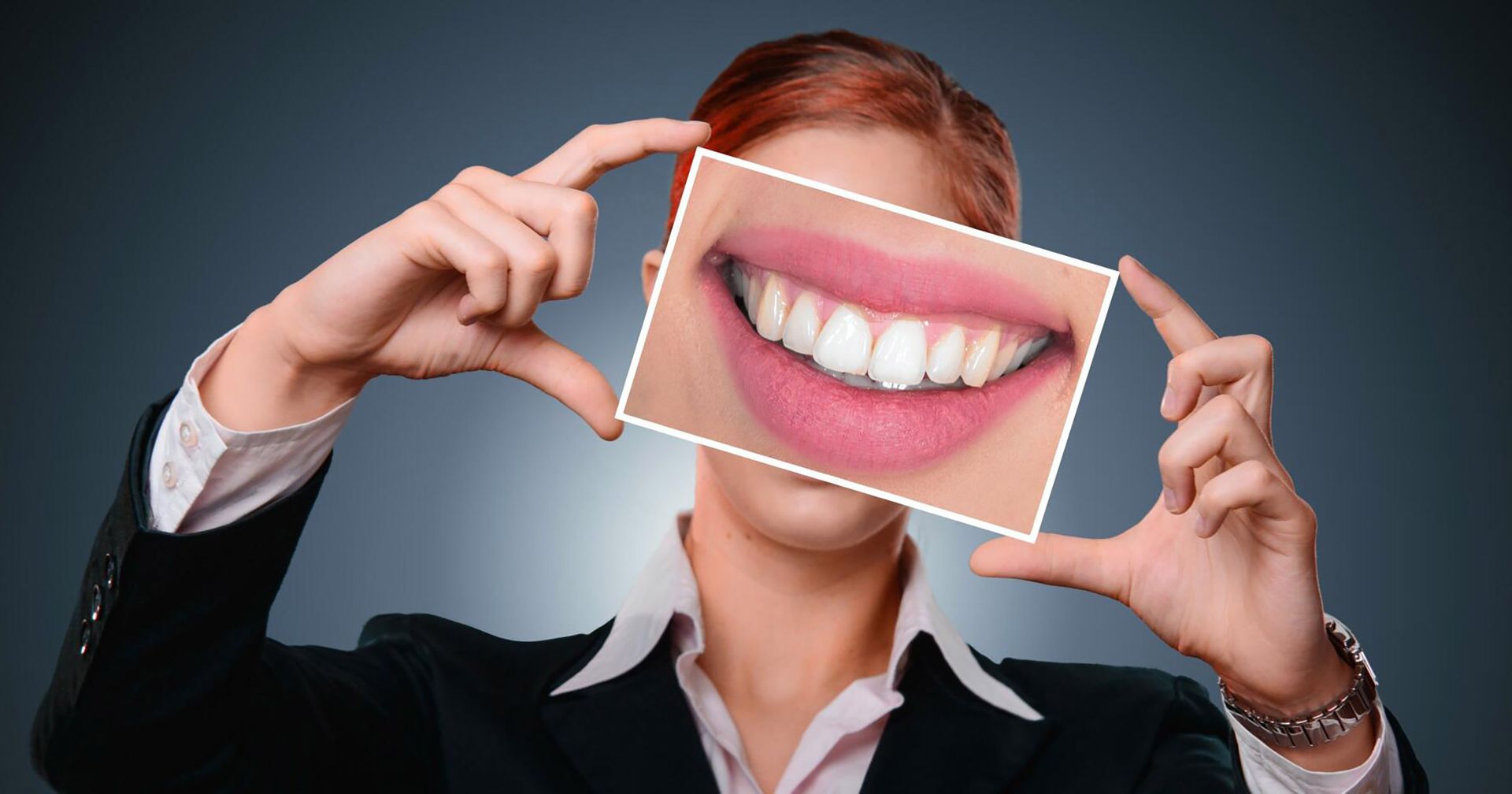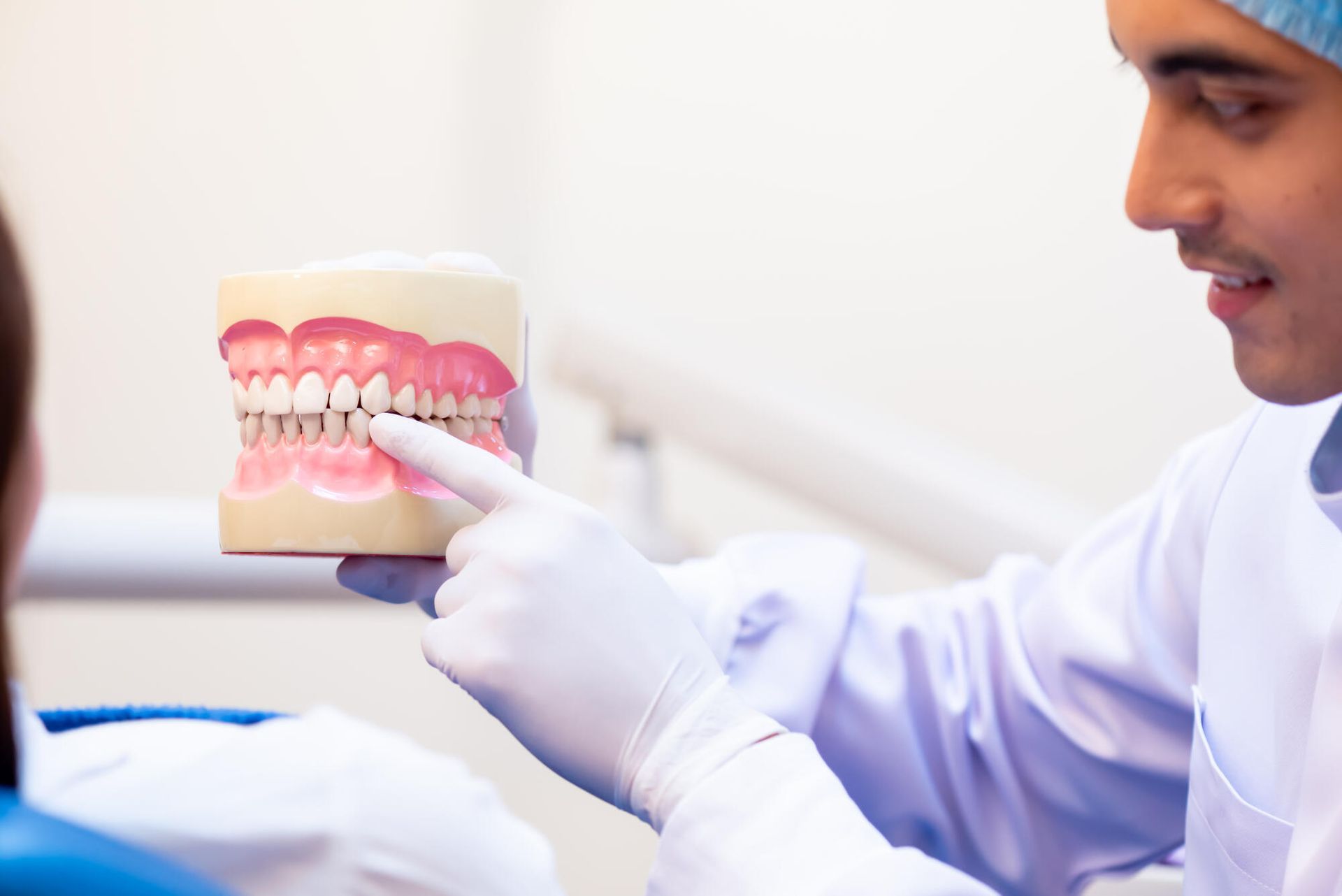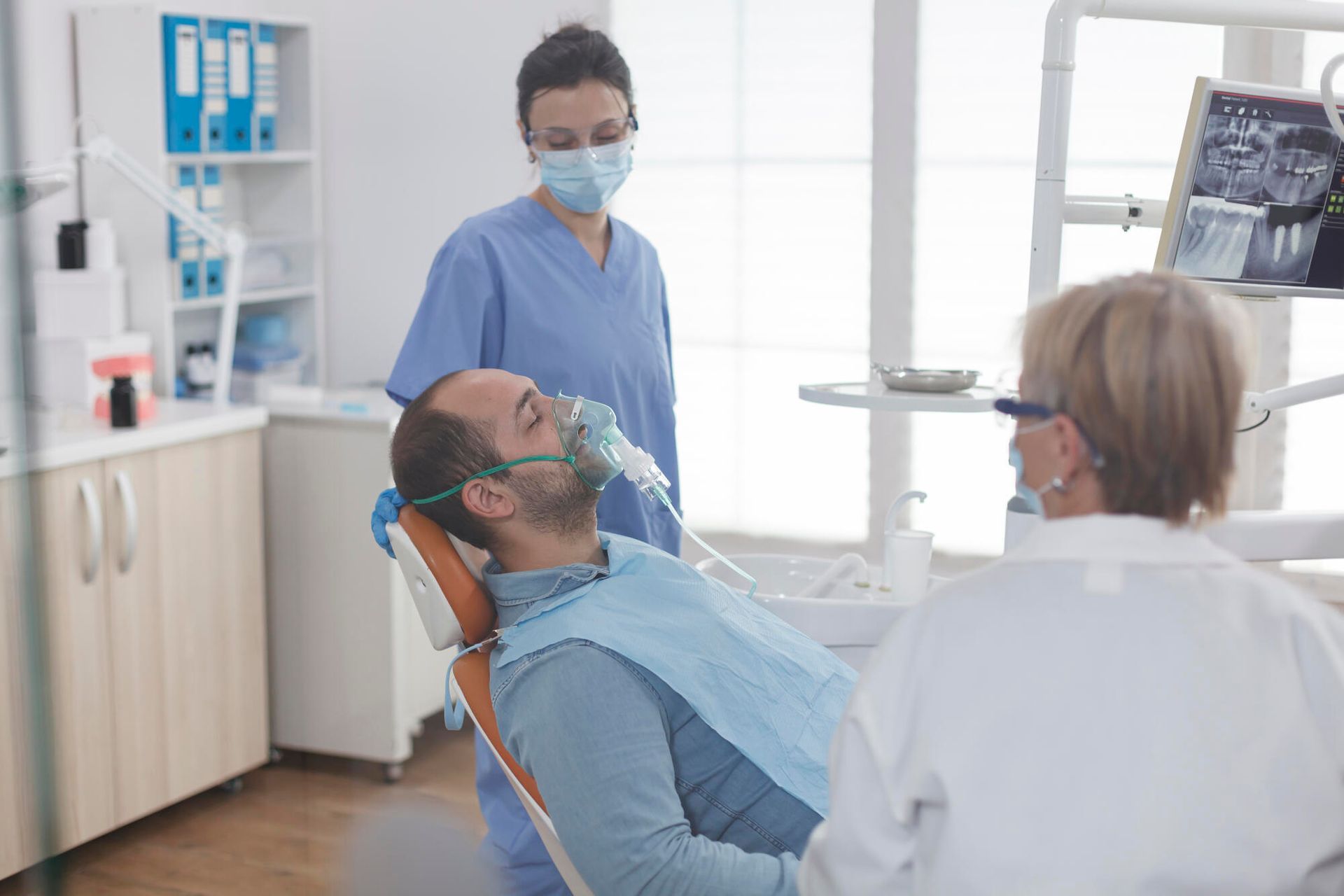Catoosa, OK Dentistry Services: Are All-on-4 Implants Right for Me?

If you're unsure if All-on-4 implants are right for you and still have unanswered questions, check out this guide to help you make a sound decision.
We've come a long way from the early days of dental implants. As early as 2000 BC, humans were attempting to replace their missing teeth with various implements. We've made false teeth out of bamboo, wood, copper, iron, jade, and even sea shells!
Today, modern techniques like All-on-4 implants make it easier than ever to replace missing teeth fast with much more durable substances. This simple procedure is great for a variety of patients, and it's a good idea to discuss implants with a dentist if you're searching for options to replace multiple teeth.
If you're not sure what to expect from these implants, or if you're wondering whether they're right for you, we've got you covered. Let's take a look at the basics of the procedure, how it varies from traditional implant surgery, and a few crucial advantages and drawbacks.
What Are All-on-4 Implants?
Before you can start weighing the pros and cons of All-on-4 dental implants, it's important to know what to expect from them.
All-on-4 implants are an alternative to traditional implants. Like traditional implants, they can replace a full arch of upper or lower teeth.
However, as their name suggests, this prosthetic uses only four implants to support all of these teeth. This is fewer screws than traditional implants, which need around six to eight screws per arch.
To do this,
your dentist will place four implants in strategic places in your jawbone. These implants replace your natural tooth root.
All-on-4 Implants vs. Traditional Implants
As you can already see, the biggest difference between All-on-4 implants and traditional implants is the number of screws. However, there are also other differences to be aware of:
Implant Technique
Instead of the vertical insertion of traditional implants, the rear All-on-4 implants are positioned at an angle. This 30-45 degree angle gives them the extra strength they need to support multiple teeth with fewer screws.
Your dentist will make sure the screws' placement allows an even distribution of weight across your teeth. This ensures that your teeth can take the pressure of your normal biting, chewing, and speaking.
Bone Grafting
One common drawback of traditional implants is that not everyone can get them. If you have low bone density in your jaw, you may not be eligible without an invasive bone graft.
With All-on-4 implants, you can often get implants without any grafting. If your bone density is too low for proper support, your dentist may need to place five implants in your jaw. This ensures that patients who would normally need an expensive and time-consuming bone graft for traditional implants may still be able to get All-on-4 implants.
Healing Process
Traditional implants are notorious for having a long healing process. These implants can take multiple procedures over several months, and it often takes a while to heal at every step.
All-on-4 implants involve a much faster process. You can often get your implants fitted in anywhere from a day to a week! Your dentist will give you a temporary bridge while you wait for your permanent prosthesis.
Benefits of All-on-4 Implants
If you're still on the fence, here are some advantages All-on-4 implants can offer:
Restored Function
For patients who have struggled to deal with missing teeth for a while, All-on-4 implants are a breath of fresh air. These implants allow you to eat and speak as normal, with no pronunciation issues once you've had time to adjust. You'll also enjoy minimal or no dietary restrictions.
Convenient Treatment
As mentioned above, the procedure for All-on-4 implants is fast. Rather than waiting six to nine months to heal from a conventional implant procedure, you can get your new teeth in no time with fewer surgeries and little to no downtime.
Comfort
Compared to options like traditional dentures, all-on-4 implants offer much more comfort. Because they won't ever slip or slide around your mouth when you eat or talk, they feel more like your natural teeth. Their secure attachment also makes them a pain-free choice.
Easy Cleaning
You can clean your All-on-4 implants like you'd clean your natural teeth. Regular brushing, flossing, and checkups are all you need. Unlike dentures, you don't need to remove them for cleaning.
Ideal for Most Patients
Patients who aren't good candidates for other treatments can often get All-on-4 implants. These procedures don't require a bone graft, making them ideal for replacing any missing teeth.
Drawbacks of All-on-4 Implants
Before you dive into this procedure, be aware of the negative side of All-on-4 implants:
Cost
Though All-on-4 implants often cost less than traditional implants, this doesn't make them inexpensive. For patients with insufficient insurance or no insurance at all, this cost may even be prohibitive. However, many dental clinics offer ways to cover expenses or finance the procedure if needed.
Mouthguard
Many patients who receive All-on-4 implants will need to wear a mouthguard at night. This prevents clenching or grinding, which can damage your implants. Though some patients have no issue with this, others find that they need to adjust to the sensation.
Learning Curve
Though the majority of patients find they can speak as well as ever with these implants, others report a learning curve with certain sounds. Until you adjust to your new implants, you may need to deal with minor speech difficulties.
Risk of Failure
As with any dental procedure, there is a small and uncommon risk of implant failure. If your jawbone doesn't grow around one of the screws, it can cause problems with the entire set of implants.
Ask a Dentist About Your Options
If you're on the fence about your teeth restoration options, we hope the information above helps. Weighing the pros and cons of All-on-4 implants is crucial before you decide, as the choice is a highly personal one.
For more specific advice from an expert dentist, Dental Arts is here to help! Our team is proud to offer a range of dental services to happy patients throughout the
Catoosa, Locust Grove, and Bixby areas. To ask about your options for dental implants,
contact us today.
